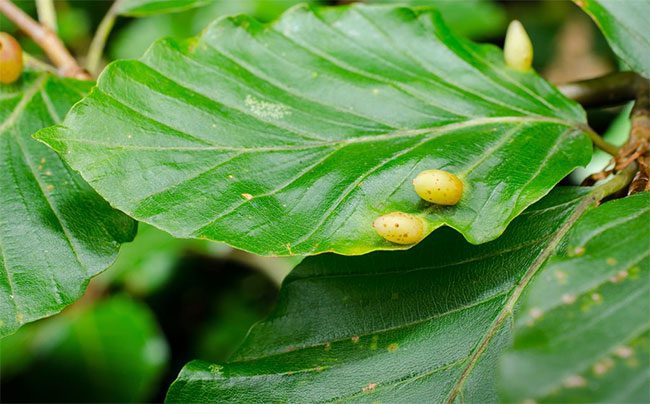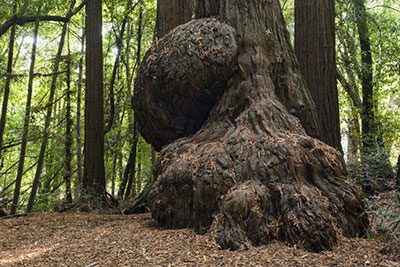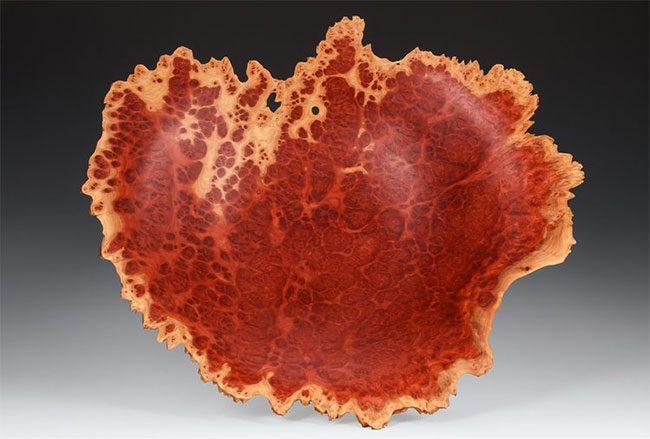What is Cancer? In humans, cancer is a group of diseases characterized by abnormal cell division that occurs uncontrollably. These cells have the ability to invade other parts of the body (metastasis).
Not all tumors are cancerous; benign tumors do exist, and the key difference is that benign tumors do not metastasize. Animals can also develop cancer. Cancer is often associated with changes in the genetic machinery within the cell nucleus (DNA).
Plants can also suffer from cancer due to various causes such as bacteria, viruses, and fungi. Although plants can develop cancer, it rarely affects their survival because plant cancer cannot metastasize like in humans and animals; it can only grow locally.
How does cancer in plants differ from that in animals?
In humans and animals, cancer cells spread to other areas through the bloodstream and lymphatic system. Plants also have a vascular system consisting of xylem (to transport water and dissolved substances) and phloem (to transport sugars and amino acids). However, there are no cells within the xylem and phloem, so cancer cells cannot metastasize.
However, the pathogens themselves can move. Therefore, bacteria can infect cells in a specific area of the plant, but if the bacteria multiply and regenerate, they can spread to other areas or be carried away by other organisms.
Thus, most plant diseases are not spontaneous and are often triggered by bacteria or fungi. In contrast, cancer in animals is a spontaneous occurrence of pathogens during the DNA replication process.
Currently, scientists at CFP are researching potential invasive threats to plants in the future, as well as ways to enhance plants’ resilience.
One method involves comparing the genomes of diseased plants with those of plants that are resistant to pests. If a plant has more than one version of a gene in the disease-resistant group, that version may help the plant fight off diseases.

The xylem and phloem only contain water and nutrients, with no plant cells.
Additionally, plant cells have very tough membranes, so even if cancer cells develop vigorously, they find it very difficult to destroy and invade surrounding tissues. They can typically only grow locally to a certain limit and are surrounded, forming swellings in leaves (galls) or tree trunks (burls), which in Vietnamese are often referred to as NU, such as nu nghiến and nu hương. The burl wood is often very hard and has unique beautiful grains.

Gall, cancer in plant leaves.

A giant burl (cancer) on a walnut tree.

Beautiful wood grain cut from burl.
Current estimates suggest that the mechanisms for detecting DNA damage in plants work much more effectively than in animals. Instead, plant cancer is often caused by mutations from viruses, bacteria, fungi, or insects.
Although the mechanisms of each agent differ slightly, researchers temporarily categorize them into two main types of influence: stimulating excessive production of growth hormones or causing mutations in tumor-suppressing genes that lead to cancer.
As of now, scientists have not completed any studies on the impact of tumors on the vitality of plants, but they can conclusively state based on experiments that most cases of cancer in plants tend to survive quite well for extended periods. Very few cases lead to death, which are still under further investigation.
Nature may seem complex, but it is not simple at all. Isn’t it fascinating?


















































